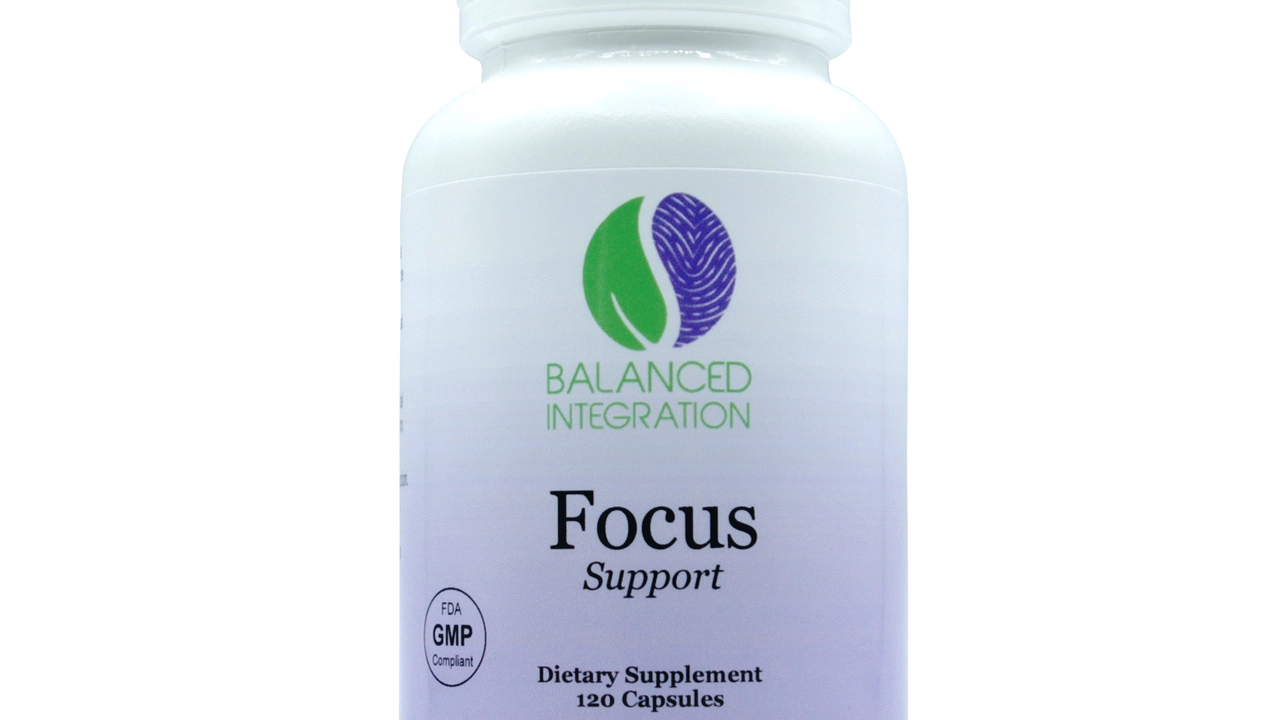Nourishing diet: simple, practical eating that helps you feel better
Want food that actually helps you sleep better, move easier, and cope with medication side effects? A nourishing diet doesn’t need to be fancy. Small, consistent changes beat dramatic resets. Below are clear swaps, meal ideas, and safety notes you can use right away.
Quick anti-inflammatory swaps you can start today
Choose whole foods over processed ones. Instead of sugary cereals, pick oats topped with berries and a spoon of nuts. Swap white rice for quinoa or brown rice to keep blood sugar steadier. Add oily fish twice a week (salmon, sardines) for omega-3s, or use flaxseed if you’re plant-based.
Spice smart: turmeric, ginger, garlic, and black pepper add flavor and may help reduce inflammation for some people. Replace large portions of red meat with beans, lentils, or chicken a few times a week. Use olive oil for cooking and dressings instead of margarine or heavy sauces.
If you’re on meds like prednisone and want to reduce dependence, anti-inflammatory food patterns (more veggies, whole grains, healthy fats) pair well with the lifestyle tips in our prednisone article. Always discuss medication changes with your prescriber before adjusting doses.
Easy meal ideas, shopping and prep tips
Breakfast: bowl of oats with banana, cinnamon, and chopped walnuts; or scrambled eggs with spinach and tomatoes. Lunch: big salad with mixed greens, roasted chickpeas, a grain (quinoa or farro), and a simple olive oil–lemon dressing. Dinner: sheet-pan salmon, broccoli, and sweet potato — toss, roast, done in 30 minutes.
Snacks: plain yogurt with a spoon of seeds, carrot sticks with hummus, or an apple with almond butter. Keep cooked grains and roasted veggies in the fridge for quick bowls. Batch-cook a pot of beans or a tray of roasted vegetables at the weekend to speed weeknight meals.
Grocery tips: buy seasonal produce, look for frozen fruits and veggies (they’re often as nutritious as fresh), and choose plain whole-grain options over flavored packaged items. Read labels: fewer ingredients usually means less added sugar and salt.
Medication safety note: some foods interact with drugs. Grapefruit can affect many prescriptions, and alcohol may worsen side effects on medicines like spironolactone. If you’re taking specific meds, check with your pharmacist or doctor about food interactions before making big diet changes.
Hydration and habits: drink water throughout the day, not just when thirsty. Aim for regular meals and include protein at each one to control appetite and support recovery. Sleep, movement, and stress control matter as much as food — they shape how your body uses nutrients.
Want simple recipes or a one-week meal plan tailored to your meds or goals? Say what you’re taking and what you like to eat, and I’ll suggest a practical plan you can follow without fuss.
Why Buttercup Dietary Supplement is Your New Must-Have for a Balanced and Nourishing Lifestyle
In my quest to lead a balanced and nourishing lifestyle, I've found Buttercup Dietary Supplement to be my new essential. This powerhouse product is packed with nutrients and vitamins that our bodies need to function optimally. It's more than just a supplement, it's a game-changer that boosts overall health, improving our energy levels, strengthening the immune system, and supporting mental clarity. If you're on a journey towards a healthier lifestyle, Buttercup Dietary Supplement should definitely be on your radar. Trust me, your body will thank you.






